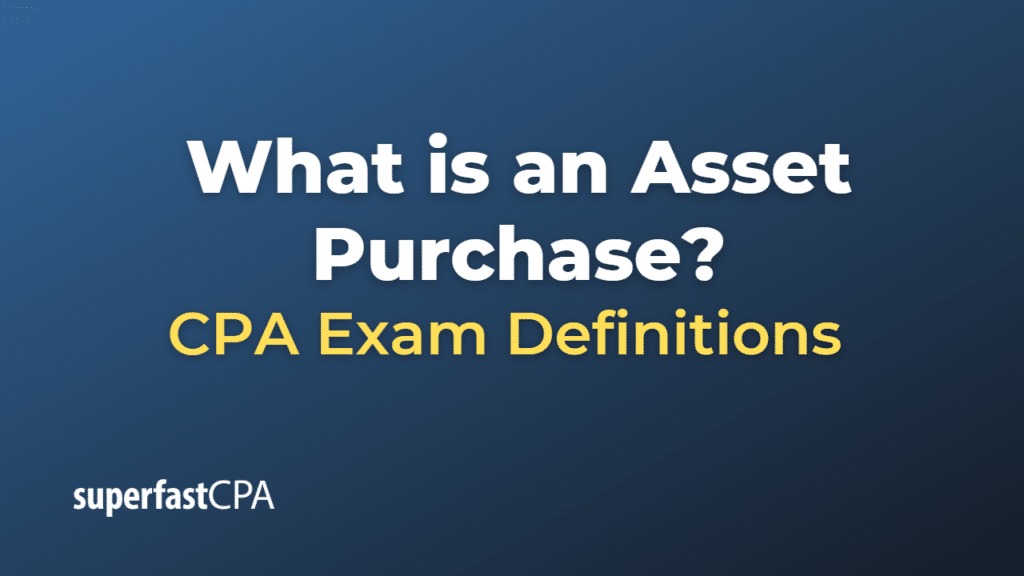Asset Purchase
An asset purchase is a type of business transaction in which a buyer acquires specific assets and liabilities from a seller, rather than buying the entire company or its shares. In an asset purchase, the buyer gets to choose which assets to acquire and which liabilities to assume, offering more flexibility than a stock purchase or a merger.
In an asset purchase, the buyer might acquire assets such as:
- Tangible assets: Buildings, land, machinery, equipment, vehicles, inventory, and furniture.
- Intangible assets: Intellectual property (patents, trademarks, copyrights), customer lists, goodwill, licenses, contracts, and trade secrets.
The buyer and seller negotiate the terms of the asset purchase, including the assets to be acquired, the liabilities to be assumed, and the purchase price. Asset purchases are commonly used in situations where the buyer wants to acquire specific parts of a business or when the buyer wants to avoid taking on certain liabilities associated with the target company, such as outstanding debts, legal issues, or other contingent liabilities.
In terms of accounting and tax implications, asset purchases may have different consequences for the buyer and seller compared to a stock purchase or merger, so it is essential to consult with legal and financial advisors to understand the best structure for a particular transaction.
Example of an Asset Purchase
Let’s consider an example of an asset purchase:
Company A is a successful bakery that has been operating for many years. Company B is a coffee shop chain that wants to expand its operations and include a bakery section in its stores. Company B is not interested in acquiring Company A as a whole but wants to purchase specific assets from Company A to integrate into its own business.
After negotiations, Company B decides to buy the following assets from Company A:
- Bakery equipment, such as ovens, mixers, and display cases.
- Company A’s secret recipes for various pastries and bread.
- The rights to use Company A’s brand name for bakery products.
- A list of Company A’s wholesale customers to supply bakery products.
In this example, Company B will not acquire Company A’s liabilities, such as outstanding loans, employee contracts, or lease agreements. Company B will pay a negotiated purchase price for the selected assets, and both parties will agree on the terms and conditions of the asset purchase.
By purchasing specific assets, Company B can integrate the bakery operations into its existing business model without acquiring the entire company. This allows Company B to avoid taking on unwanted liabilities and gives them the flexibility to choose the assets that best suit their expansion plans.













